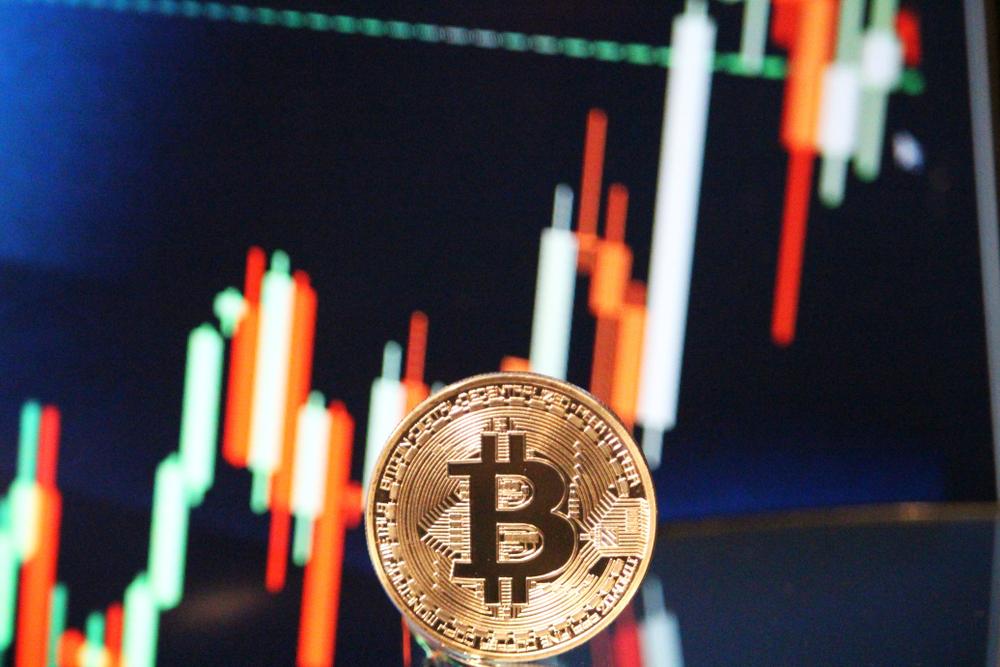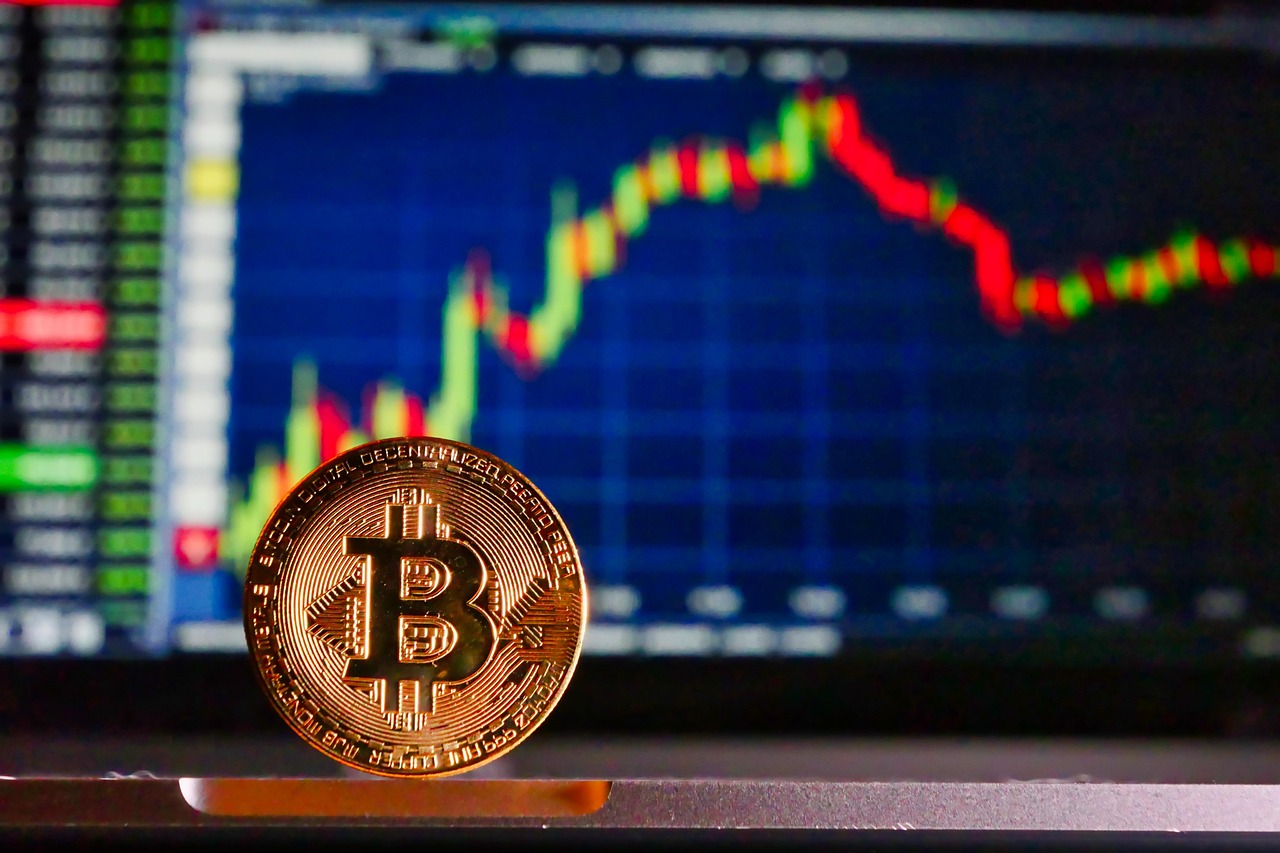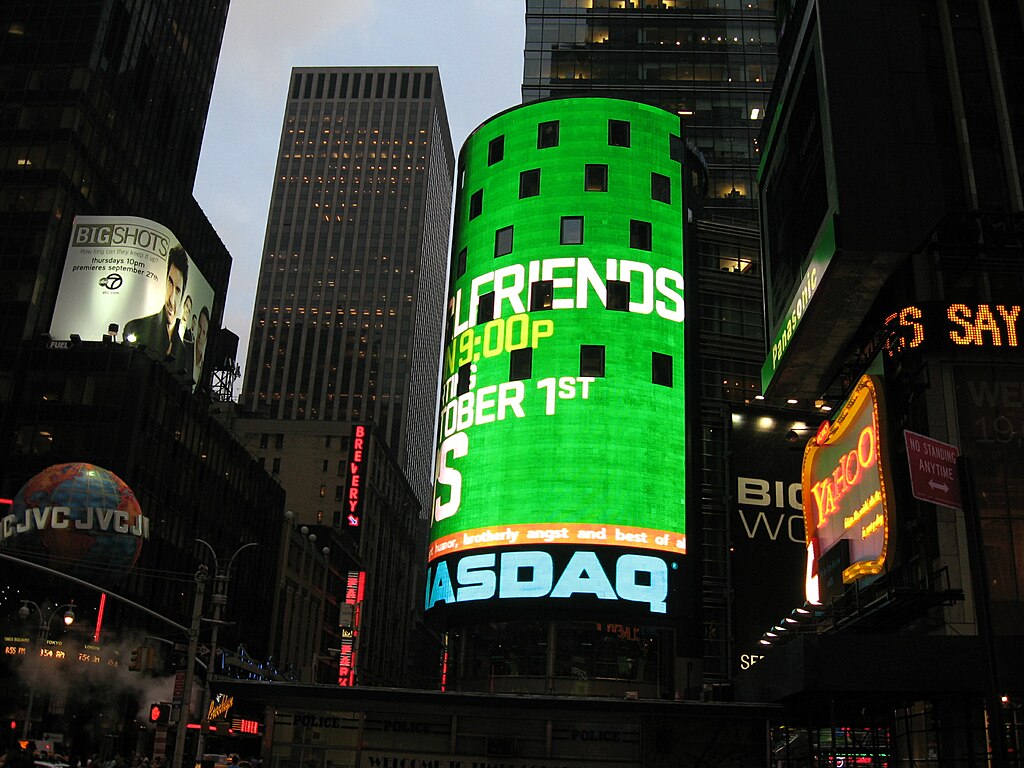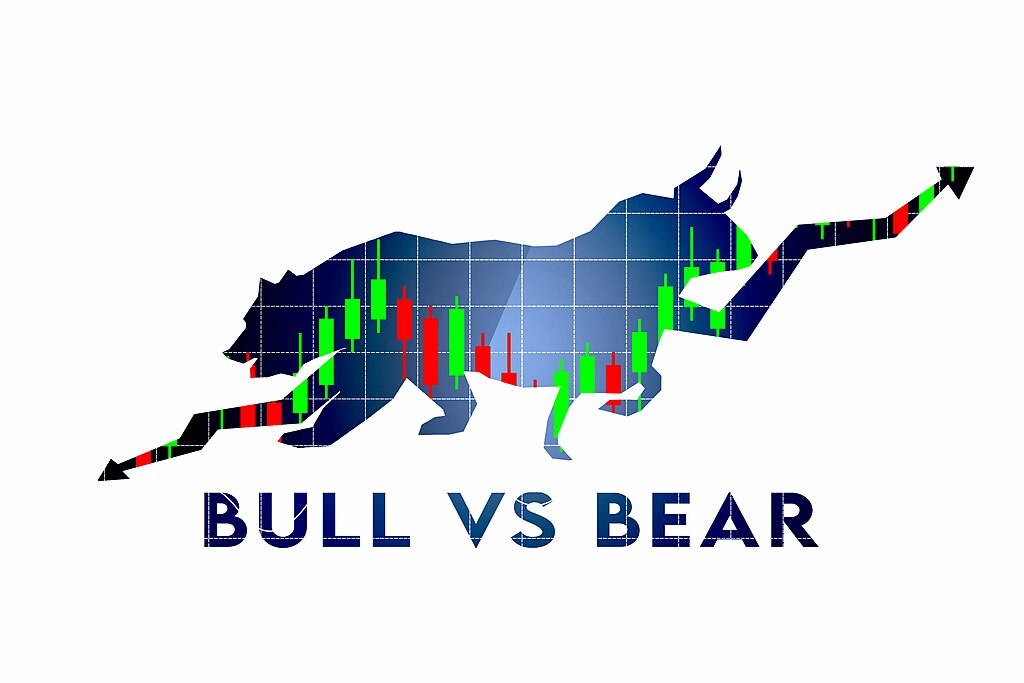Bitcoin has reversed its early-year gains, retreating to levels seen a week ago, even as bullish sentiment persists in the Deribit options market, CoinDesk reported on January 9.
After shaking off December's bearish mood, Bitcoin began the year with a rally toward $100,000. However, renewed selling pressure has pushed the cryptocurrency back to the low $90,000 range within a week.
This decline comes amid heightened volatility in the U.S. Treasury market. Economic data indicating persistent inflation has driven long-term interest rates to multi-month highs, extending the bond market rally that began in Q4 2024.
Not only have nominal yields risen, but real yields, which account for inflation, have also surged. According to TradingView, the yield on 10-year Treasury Inflation-Protected Securities (TIPS) climbed to 2.29%, the highest level since November 2023.
Higher bond yields make fixed-income investments more attractive, reducing demand for riskier assets like cryptocurrencies. This trend is particularly pronounced when rising yields are driven by hawkish monetary policy rather than economic growth.
Markets have now delayed expectations for the Federal Reserve’s next rate cut to June, reflecting ongoing inflationary pressures.
Thomas Erdosi, Head of Product at CF Benchmarks, commented that Bitcoin’s spot price decline is a reaction to rising bond yields and diminished expectations for additional rate cuts this year. "Cryptocurrencies perform better in more liquid environments, and the current rate-driven scenario impacts their short-term outlook," he said.
The spike in interest rates is not limited to the United States. Both Japan and the UK have seen similar moves, with Britain experiencing its highest long-term yields since 1998. These global rate increases have also dampened equity markets, with major indices like the Nasdaq and S&P 500 losing their early-year momentum.
Despite macroeconomic uncertainty, optimism persists in the cryptocurrency options market.
According to Amberdata, the dollar value of call options on Deribit—bets on Bitcoin’s price increasing—stands at $14.87 billion, double the value of put options, which are typically used to hedge against price declines.
The most popular contracts are $120,000 strike call options, with $1.47 billion in open interest, followed by $101,000 and $110,000 strike calls, both exceeding $1 billion. In contrast, $75,000 strike put options have open interest of just $595 million.
Post-January maturity call options are trading at significantly higher premiums than puts, indicating a bullish market bias.
Erdosi noted that the market could shift by the end of the month. "The January 20 inauguration of President Trump could create a more crypto-friendly regulatory environment, a key factor for market sentiment," he said.
As the market navigates macroeconomic headwinds, the bullish stance in Bitcoin options suggests optimism about the cryptocurrency’s long-term prospects.


























Comment 0